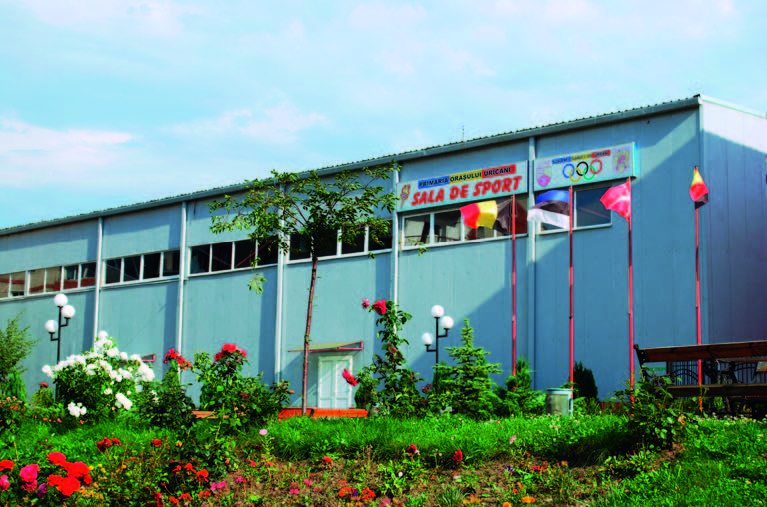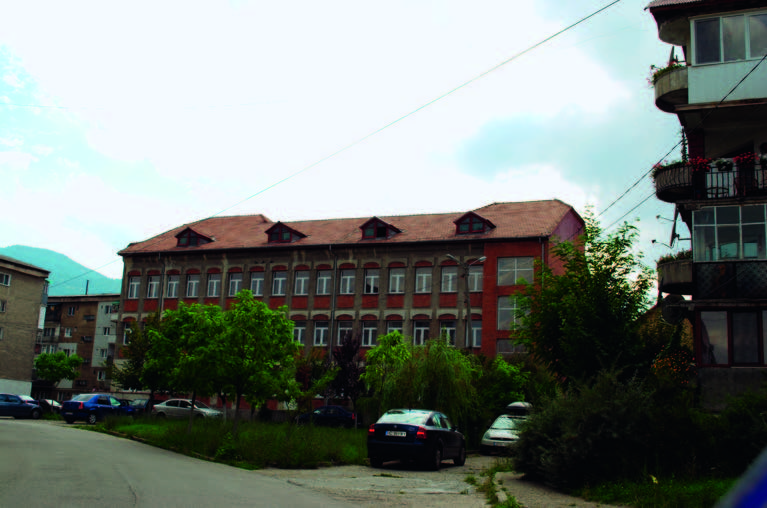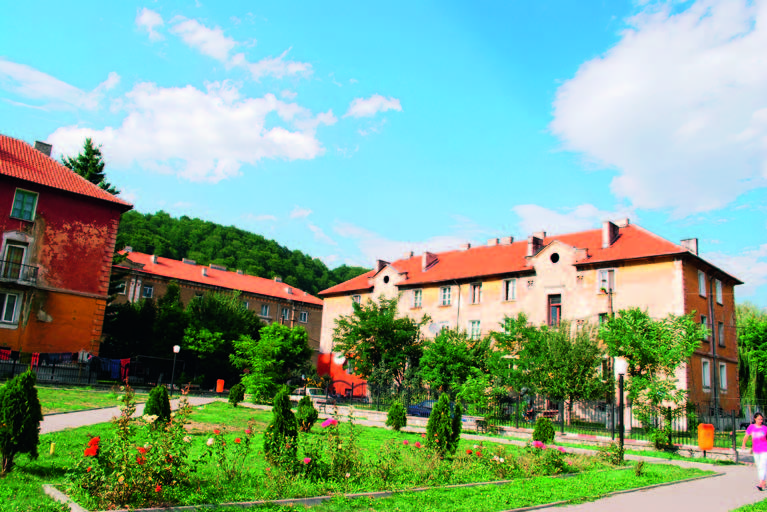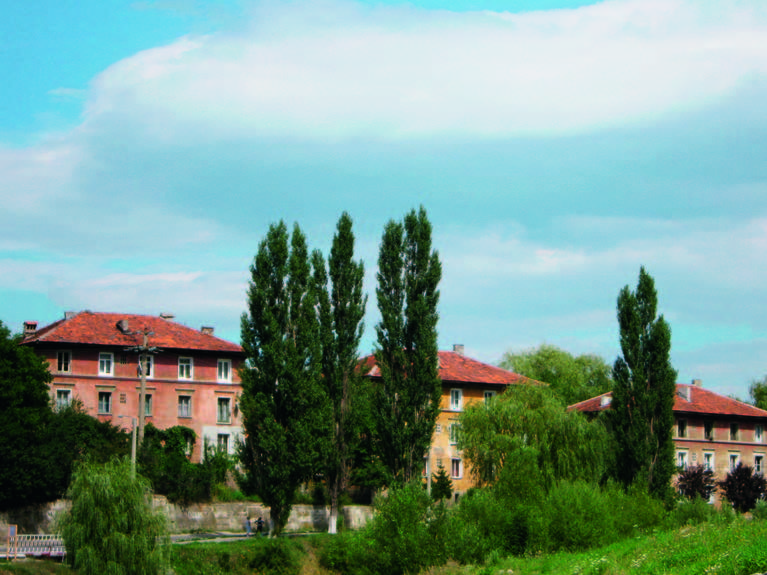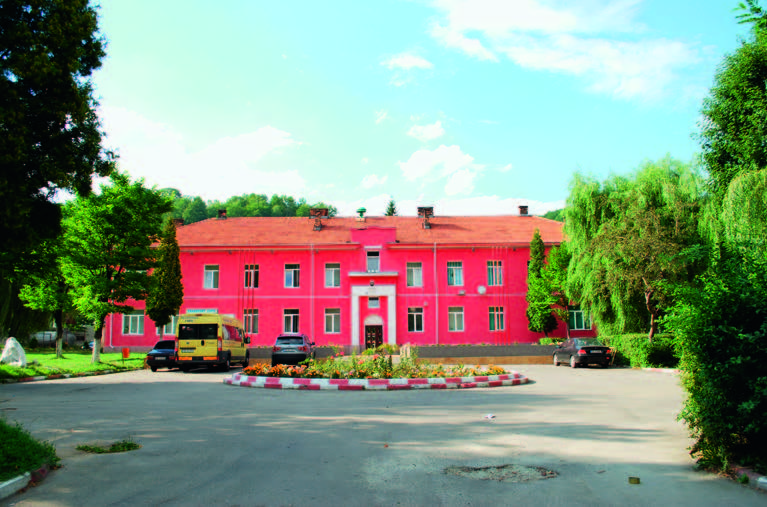Short story
In the XIII century, the territory on which is located the city of Uricani was part of Litovoi voivodeship (terra Lytua) which included the Gorj district, Jiu Valley and Haţeg district.
A document from 18 April 1461 mentions , by a decree of the voivode of Transylvania, that Murzina (Marginea), Densuş knyaz is selling his lands, among which Sylotena (Valea Vacii), a 10 km territory situated in 90% proportion on the city of Uricani range, in the shore of Mailat. Another document from the year 1493, issued by the court of king Vladislav the second of Hungary, shows that the boyar Mihail Cânde reigns many lands in this area among which Câmpu lui Neag (Nzakmezeu). In 1788, Uricani is attacked by adalai Turks (from Ada Kale) who take 16 persons as slaves, they behead the priest from that time and set the church on flames. The first official attestation of the city, under the name of Hobiceni – Uricani, is mentioned in a document from 1818, the name comes from the inhabitants of two villages, Hobiţa şi Uric, situated at north, beyond the mountains, in the area of Pui village.
In the autumn of 1916, through the First World War, the city is lost and reconquered three times by the romanian army; in honor of the heroes on the peak of Tulişa was built a monument that exists to this day. After the annexation of Transylvania to Romania in 1918, the name of the city has been changed to Uricani, and will include the surrounding villages Câmpu lui Neag and Valea de Brazi.
Once the second world conflagration is over and the communist regime is installed, the superior carbon exploitation process is amplified. In 1965 the locality is raised to the rank of city, having a population of 4000 inhabitants. Between 1968 and 1970 on the place of the old church is built a new orthodox church for the city, with the patron saint Ascension Day – church that disposes of books of historical value like “the Gospel” of Blaj from 1917. The cemetery that surrounds the church shelters the Monument of the Mining Heroes.
The mining in Uricani

The legend says that zone Arsă (Burnt) or Valea Arsă from the city of Uricani was named from an historical event that happened between 1787 and 1788 – when the inhabitants being attacked by the Turcks have raised ans set on fire stacks of carbon creating the image of a very numerous camp, fact that scared the Turks, who retreated to the Danube.
Probably. while hunting, the Carol Hoffmann Maderspach brothers observing the “carbon of stone” they realized their importance and they started the surface exploitation of the carbon deposits from 1840, in the areas of Vulcan, Petroşani and Petrila. In 1857, in Uricani is founded a factory for the production of carbonite from the carbon existent in the area, and in 1859 we can read already about the first mining works.
In 17 February 1947, the Uricani Mine opens its first gallery in Plaiu Balomir, based on a project made by a group of soviets specialists. The method of opening by placing two mine shafts of great capacity in the center of the mining camp, is considered the most adequate solution for this area’s geological situation.
In 1949 the Uricani Mine becomes a individual unit, developing continuously through investments in technologie and professional training of the miners. The carbon production obtained through the years that followed proves that this investments have all been worth it. After 1990, due to the petrol and gas resources and the opening of the Cernavodă Power Plant, the accent on the carbon production has diminished. To this we can add the reorganizing of the extrative industry activity, which influenced the  carbon production .
carbon production .
Concerning Câmpu lui Neag, it seems that the first inhabitants came from North Oltenia. The tradition speaks about a hajduk, named Neagu, that ran from the Turks at the beginning of XVI century. At first he established at the place named Dosul Pribeagului and then at the horm of Jiu River. He was the one that founded the future village, by placing a stone (a monolith) about two meters tall, marked with two leads of white quartz, disposed as a cross. Definitely, in 1850, the priest of the village, Constantin Stanci, has found this stone on the shore of the Jiu river, he took it with a slay pulled by bulls and placed it in the yard of his house, which in 1890 and until 1936 has been the village school. Today, the stone exists at the entrance in the Câmpu lui Neag village. The locality had its own identity until 1965 when it becomes a component of the Uricani city. Between 1984-1987 the village was entirely demolished, the inhabitants moved by force in the apartement houses built in Uricani, in order to make place for a new surface exploitation of carbon. When the carbon reserve was exhausted, the mine quarry was abandoned, and in its place it has formed a lake that serves today as place of entertainment for the population in this area, named by those who frequent often, “The Sea of the Pour” or “the Littoral of the Jiu Valley”.








